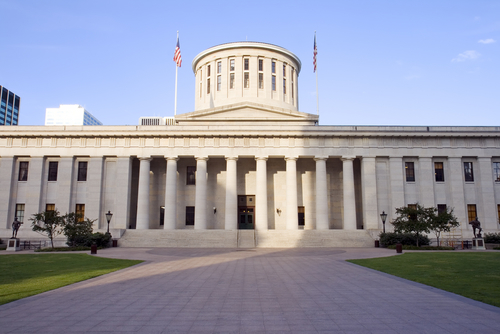What you need to know about Ohio Politics and Policy
Keary McCarthy · January 26, 2015
Kasich’s Contradiction
No amount of message reframing will change the fact that conservative economic policies hurt poor and middle-class families. In Ohio, under Gov. John Kasich:- Lower-income Ohioans now pay more as a share of their income in taxes than those at the top;
- State funding for education is now at its lowest share of the state budget since 1997 – the same year that the Ohio Supreme Court ruled that our school funding system was unconstitutional; and
- State funding to communities has been cut in half, which means that those who can afford them the least have to pick up a greater share of the tab for basic quality-of-life issues such as police and fire protection, trash collection and road repair.

Tagged in these Policy Areas: Ohio State Budget


